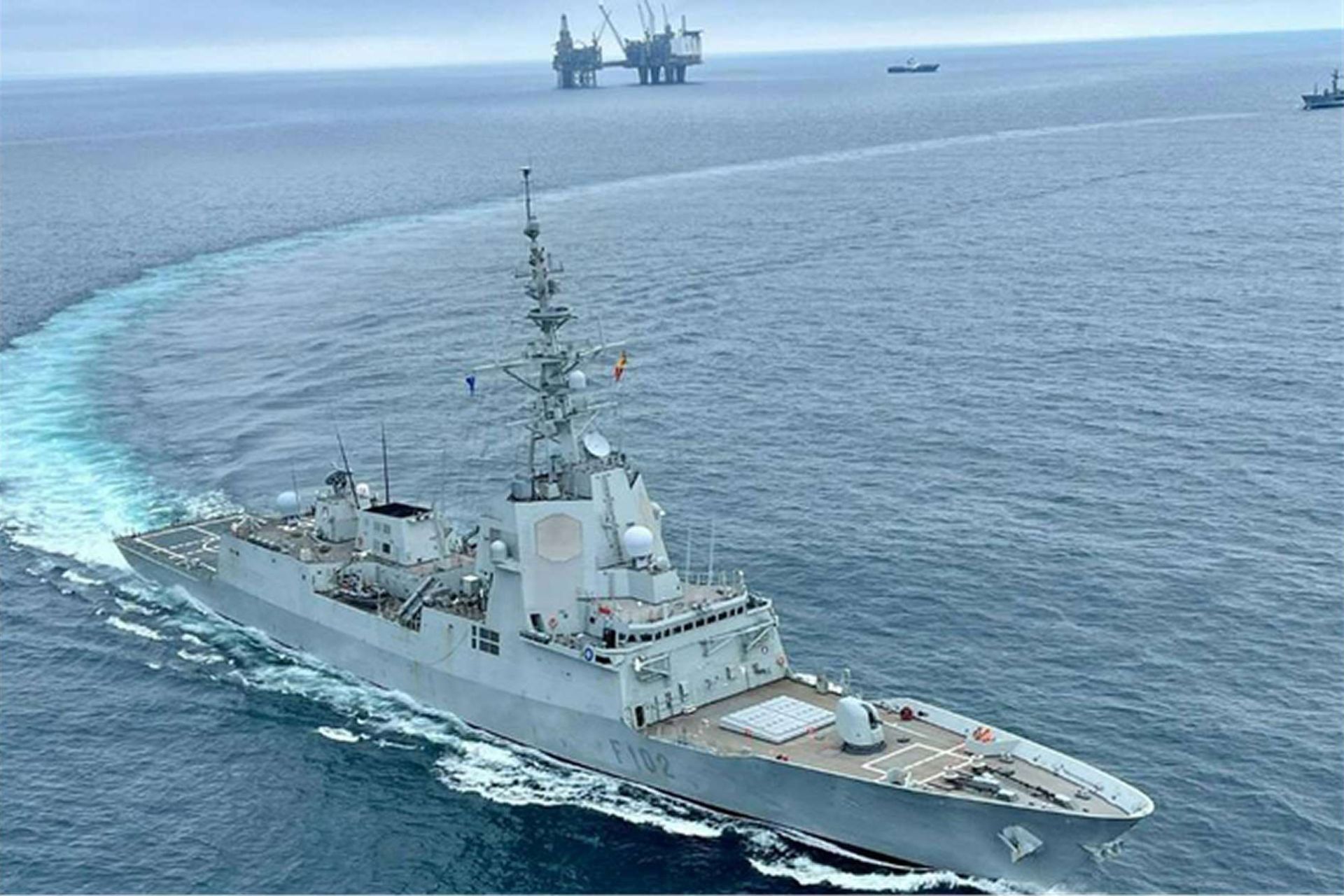Breaking News
Estonia-Finland Cable Damage Drives NATO's Baltic Sea Strategy.
According to information published by NATO on December 30, 2024, the alliance has announced plans to enhance its military presence in the Baltic Sea following damage to undersea cables connecting Estonia and Finland.
Follow Army Recognition on Google News at this link

NATO increases military presence in the Baltic Sea following damage to critical undersea cables between Estonia and Finland. (Picture source: NATO)
The incident, which occurred on 25 December, is under investigation by Finnish authorities and is being scrutinized as a potential act of sabotage. The situation has raised alarm among member states, prompting urgent consultations at NATO Headquarters in Brussels.
To address the evolving threats, NATO will deploy additional naval assets, including surveillance ships, underwater drones, and specialized equipment to monitor and protect undersea infrastructure. Patrols and joint exercises in the Baltic Sea are expected to intensify, aiming to deter any further attempts at destabilization.
The Alliance is also exploring additional measures to safeguard undersea infrastructure. The Maritime Centre for Security of Critical Undersea Infrastructure, established in May 2024, will play a pivotal role in coordinating efforts, analyzing threats, and sharing intelligence among member states.
The Baltic Sea has become a focal point of geopolitical tensions, with recent incidents heightening concerns over potential hybrid warfare tactics. The damage to the Estonia-Finland cables is the latest in a series of unexplained events involving critical infrastructure in the region, prompting suspicions of sabotage.
These incidents come amid broader efforts by NATO to enhance its resilience against hybrid threats, which include cyberattacks, disinformation campaigns, and covert operations targeting vital infrastructure.
Context
Monitoring underwater critical infrastructures (UCIs), such as submarine communication cables, oil and gas pipelines, and power lines, presents significant challenges due to the unique and harsh marine environment.
The underwater environment is characterized by high pressure, low temperatures, and corrosive saltwater, all of which can impair monitoring equipment and necessitate specialized, durable technologies. The vastness and depth of the oceans make accessing and visually inspecting UCIs difficult, often requiring specialized equipment like Remotely Operated Vehicles (ROVs) or Autonomous Underwater Vehicles (AUVs).
Communication limitations further complicate the process, as underwater monitoring primarily relies on acoustic signals with restricted bandwidth and range compared to terrestrial wireless systems. This constraint hinders real-time data transmission and remote control capabilities. Additionally, providing continuous power to underwater systems poses a significant challenge, often necessitating innovative energy-harvesting solutions or advanced battery technologies capable of withstanding prolonged underwater deployment.
Security concerns also play a significant role. UCIs are vulnerable to accidental damage from fishing activities, anchoring, and natural disasters, as well as potential sabotage or espionage. Recent incidents, such as the Nord Stream pipeline explosions and severed communication cables in the Baltic Sea, underscore the vulnerabilities of these infrastructures and the difficulties in monitoring and protecting them. Identifying and attributing unauthorized activities or attacks in the vast underwater domain remains a complex issue, further highlighting the need for advanced monitoring solutions.


























